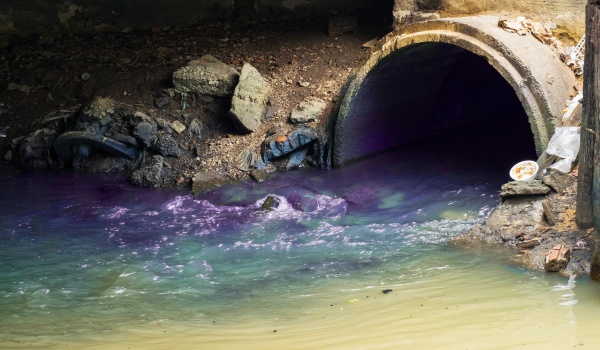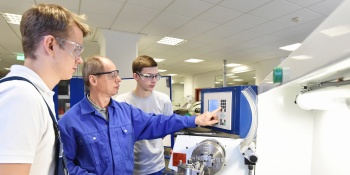
Colorful effluent treatment by photoelectrocatalysis.



Low Complexity

Low cost

Fast Processing
PROBLEM
The removal of color from effluents is one of the hardest problems dealt by the industry due to compound diversity, with different functional groups and to the elevated biological stability of the industrial dye. Some commonly used dyes can remain stable in nature for more than 50 years. Such stability makes it hard for natural and conventional systems available to degrade it, creating agude and chronic toxicity of high environmental impact in the receptor waters of these effluents. According to data from CETESB (2010) , there is something around 2500 infected areas in the State, either water or soil. The treatment processes used include advanced oxidative processes like the Fenton reaction and Photo-Fenton, usage of chlorine and ozone gas. The two main alternatives generates sub-products that yet need to be treated. In the cases of Fenton and Photo-Fentos, toxic mud and in the use of chlorine, organochloride including some not recommended by the Estocolm Convention (Teixeira, 2009). The processes involving ozone gas are expensive due to it’s low stability (something around 165min in watery environment and 12h in air), beyond the fact that its management is more complex.
SOLUTION
- Discoloration between 90-100%;
- Mineralization between 40-80%;
-Greater efficiency in the treatment, does not generates sub-products;
- Reduction between 50-60% of the Oxygen Chemical Demand (OCD);
- Raise 20% in the reduction of total organic carbon;
- Better effluent quality, possibility of re-usability;
- Treatment between 30 and 120 min.;
- Greater agility in the process;
- Chemical reagent and additional biological processes independent;
- Reduction in the cost of effluent treatment.

Idea

Laboratory

Prototype

Scheduling

Market







